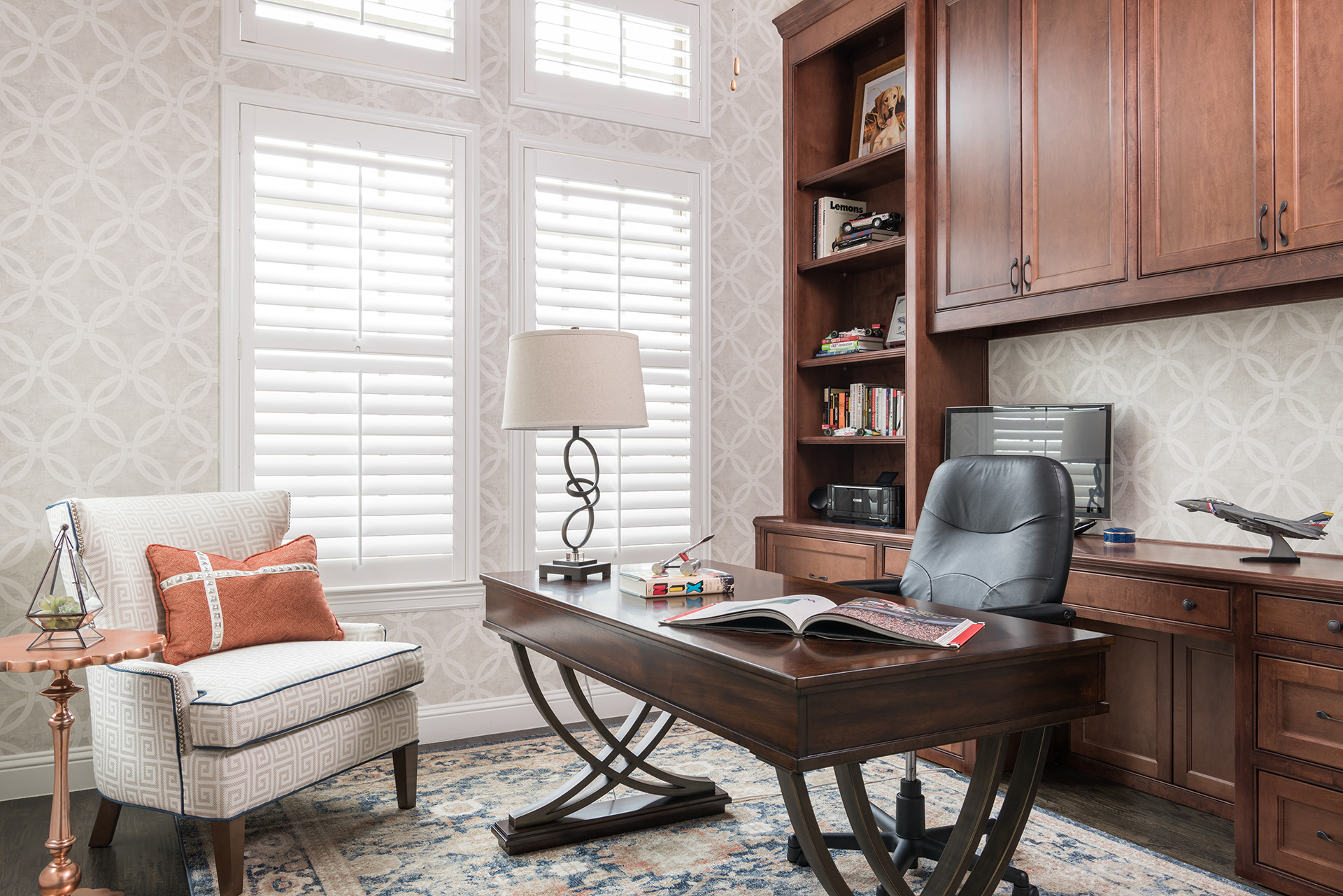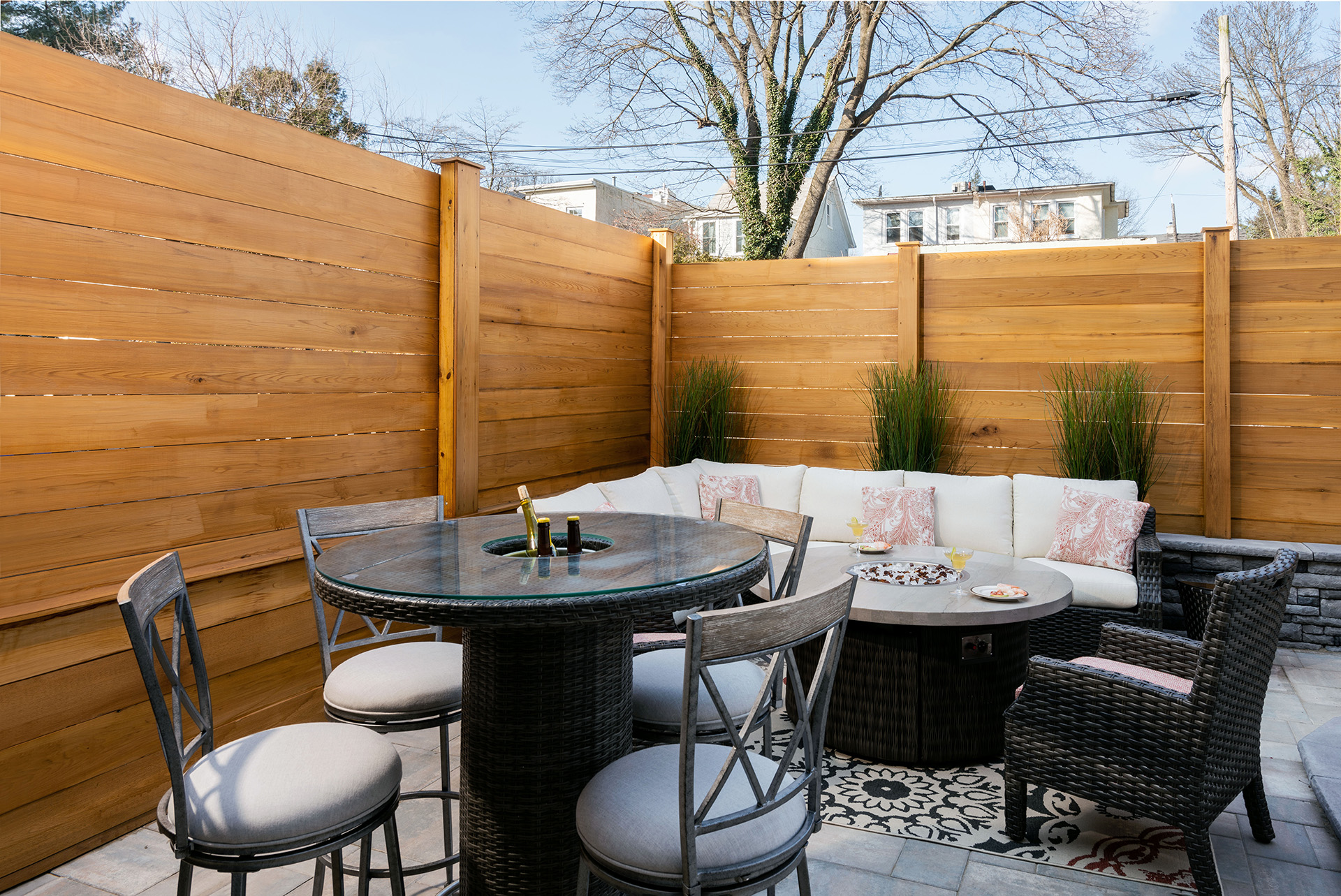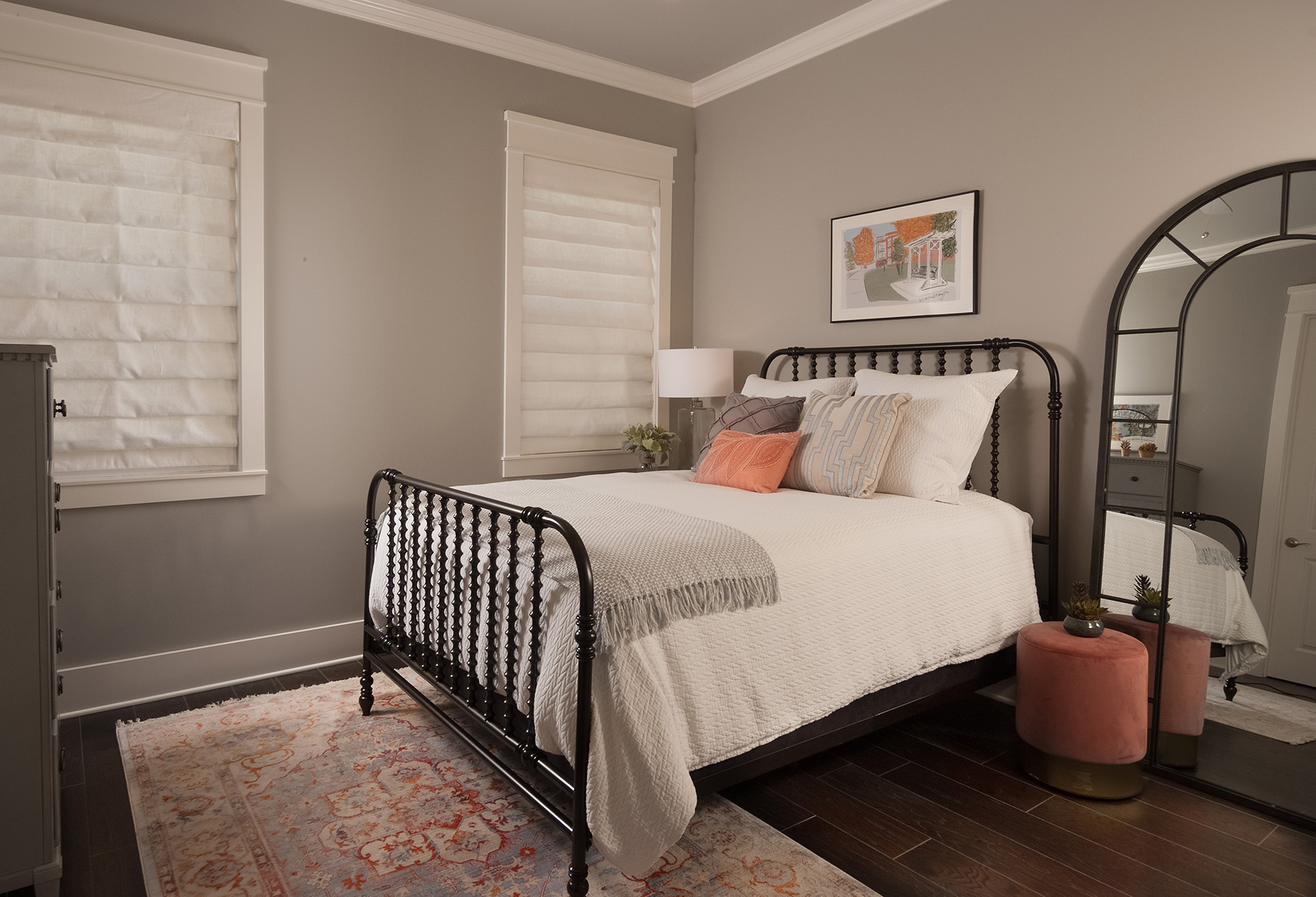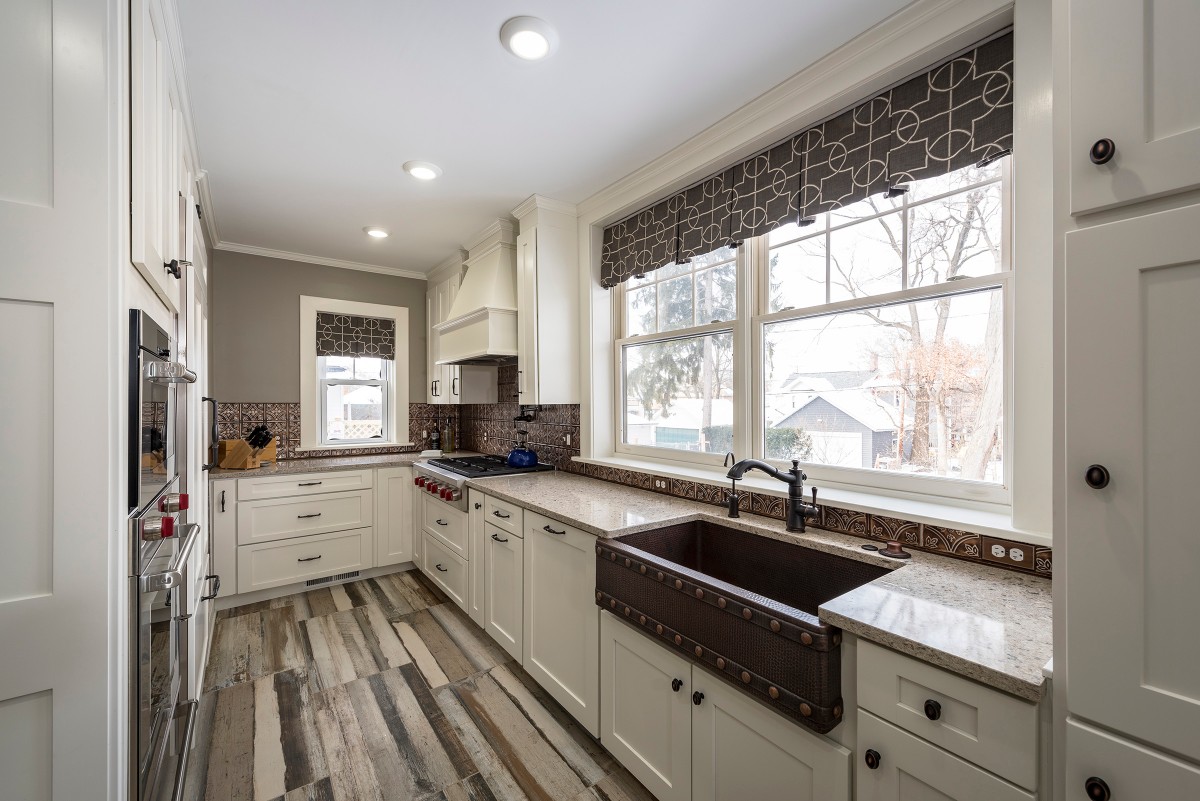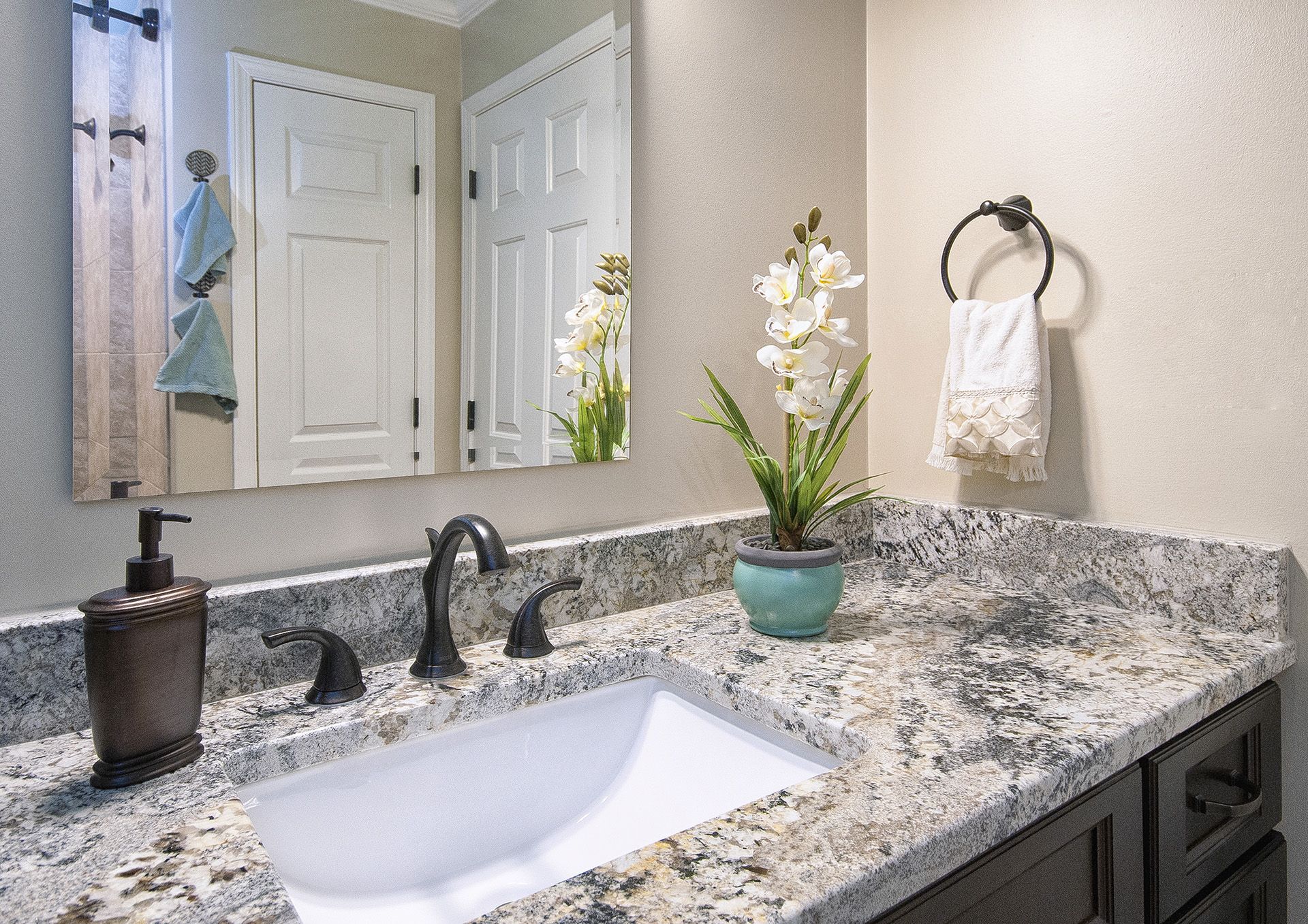Texture is one of the best ways to breathe new life into your home design. It’s a simple yet effective decorating method that can transform any room with ease. There are a number of ways you can incorporate texture into your home design. From window treatments to wall coverings, discover the many creative ways you can incorporate texture into your home decorating.
Textured Window Treatments
Curtains are one of the easiest ways to add texture to your home. You can find curtains in three types of texture: visual, tactile, and amplitude. Each offer their own way of adding a more exciting and personalized touch to your windows.
- Visual. This type of texture is meant to be seen, not felt. Curtains that feature patterns allow you to achieve visual texture. Similarly, curtains that feature embroidered or jacquard fabrics create visual interest and add texture to a space.
- Tactile. Typically when you think of texture, you think of something you can physically feel. Add tactile texture to any space by incorporating curtains made from luxurious materials like wool, raw silk, or linen.
- Amplitude. Volume is another type of texture that visually adds interest to your home design. From the way your curtains are installed to the ways that they fall to the floor or pleat all play a role in creating amplitude.
Textured Walls
There are a few different ways you can incorporate textured walls into your home:
- Mount Wood Paneling. Wood paneling can make a room feel modern, rustic and warm. One of the easiest and affordable ways to achieve this look is with shiplap. Shiplap panels overlap each other and provide a clean look. You can also use wainscoting or salvaged wood.
- Creative Paint. Whether you use paint that already has a texture or a special technique to create the look is up to you. Some painting techniques you can try are sponge, marble, or stipple. To obtain a sponge look, lightly press a sponge dampened with glaze in random patterns along the wall. For a marbleized look, blot gray glaze onto a white latex wall to create cloudy gray areas, then smooth some of that out with a dry feathering brush or another sponge dipped in white paint. To stipple, swish a stippling brush back and forth on the tray with your paint color. When applying the paint to the wall, tap the tips of the bristles onto the surface so tiny dots of color will adhere to it.
- Wallpaper. Wallpaper offers you an endless array of patterns, colors, scales, and styles. You can wallpaper an entire room, create an accent wall, or use it like artwork. It doesn’t matter which room you are looking to redesign, wallpaper works everywhere.

